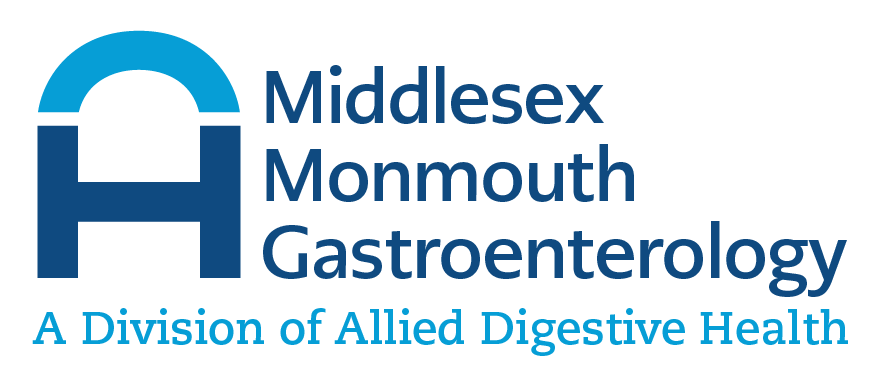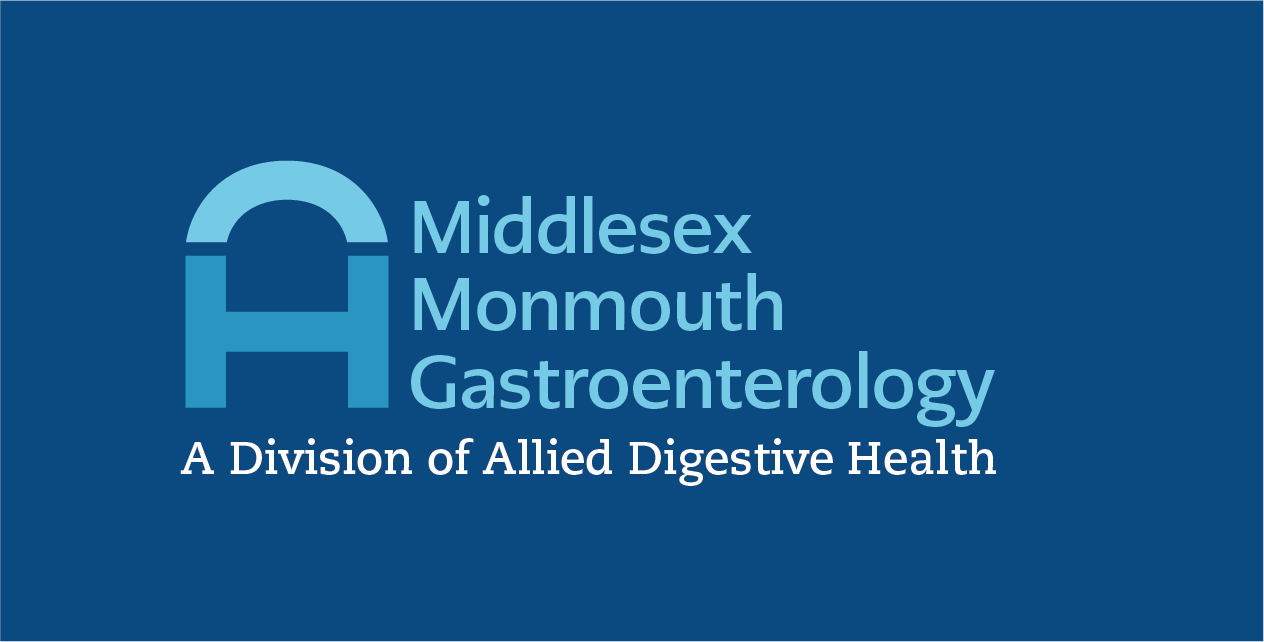What Causes Lactose Intolerance?

Lactose intolerance occurs when the body cannot digest lactose, a sugar found in milk and milk products. This condition is primarily caused by a deficiency of lactase, an enzyme produced in the small intestine that breaks lactose into glucose and galactose, which can then be absorbed into the bloodstream. When there is insufficient lactase, lactose remains undigested and ferments in the colon, causing symptoms such as bloating, gas, diarrhea, and abdominal pain.
Lactose intolerance can be classified into primary, secondary, and congenital.
Primary lactose intolerance – the most common form and often develops with age as lactase production decreases naturally.
Secondary lactose intolerance – can result from illness, injury, or surgery that affects the small intestine, such as celiac disease or Crohn’s disease.
Congenital lactase deficiency – a rare form that presents itself at birth due to genetic factors, where the body produces little to no lactase from infancy.
Understanding the underlying causes of lactose intolerance can help individuals manage their symptoms through dietary adjustments and appropriate treatment options.
Common Symptoms of Being Lactose Intolerant
Lactose intolerance manifests through a range of gastrointestinal symptoms that can vary in severity depending on the amount of lactose ingested and the individual’s level of lactase deficiency.
The typical symptoms of lactose intolerance often begin 30 minutes to two hours after consuming foods or drinks that contain lactose. These symptoms include:
- Bloating
- Gas
- Diarrhea
- Abdominal pain or cramps
- Nausea
- Rumbling or gurgling sounds in the stomach
These symptoms are due to the fermentation of undigested lactose in the colon, increasing gas and water production. Depending on the individual’s tolerance level and the amount of lactose consumed,
these symptoms can range from mild discomfort to more intense gastrointestinal distress.
Difference Between Lactose Intolerance and Milk Allergies
Lactose intolerance is a digestive issue resulting from the body’s inability to produce sufficient lactase enzyme needed to break down lactose, the sugar found in milk and dairy products. Lactose intolerance symptoms are primarily gastrointestinal, including bloating, diarrhea, gas and abdominal pain, occurring after consuming lactose-containing foods.
Conversely, a milk allergy is an immune system response to one or more proteins found in milk, such as casein or whey. This reaction can trigger a range of symptoms, from mild to severe, including hives, wheezing, vomiting, and even anaphylaxis, a potentially life-threatening condition that requires immediate medical attention. Unlike lactose intolerance, milk allergies can occur even with very small amounts of milk products. They can affect the gastrointestinal tract and other body systems, including the skin and respiratory.
Understanding the difference between lactose intolerance and milk allergies is crucial for appropriate diagnosis and management. While lactose intolerance can often be managed through dietary adjustments and lactase supplements, milk allergies necessitate strict avoidance of all milk proteins. They may require carrying emergency medication, such as an epinephrine auto-injector, for severe allergic reactions. Consulting with a healthcare provider can help individuals determine the nature of their symptoms and develop a suitable management plan.
How Is Lactose Intolerance Diagnosed?
Diagnosing lactose intolerance typically involves assessing symptoms, reviewing medical history, and conducting specific diagnostic tests. Initially, a healthcare provider may ask about your symptoms following the consumption of dairy products and your family history of lactose intolerance or other gastrointestinal issues. One common diagnostic test is the lactose tolerance test, where you consume a lactose-rich beverage and blood samples are taken at intervals to measure your blood glucose levels. If your glucose levels do not rise adequately, it indicates poor lactose digestion.
Another method is the hydrogen breath test, which measures the amount of hydrogen in your breath after consuming a lactose-containing drink. High levels of hydrogen suggest lactose fermenting in the colon rather than being absorbed in the small intestine. A stool acidity test might also be used, particularly for infants and young children, as undigested lactose can produce lactic acid and other fatty acids that lower the stool’s pH. Consultation with a healthcare professional can guide appropriate testing and confirm whether lactose intolerance is the cause of your symptoms.
How Is Lactose Intolerance Treated?
Managing lactose intolerance typically involves dietary modifications and lifestyle changes to reduce or eliminate symptoms. The primary approach is to limit or avoid foods and beverages containing lactose. Many individuals can tolerate small amounts of lactose, so experimenting with portion sizes may help identify a personal tolerance level. Lactase enzyme supplements, available over the counter, can be taken before consuming lactose-containing products to help the body break down lactose and mitigate symptoms. Additionally, incorporating lactose-free or reduced-lactose alternatives, such as lactose-free milk and dairy products, can make it easier to maintain a balanced diet.
For those who are highly sensitive or prefer to avoid dairy altogether, numerous plant-based alternatives are available, including almond milk, soy milk, and coconut milk. Ensuring adequate calcium and vitamin D intake is important, as these nutrients are commonly obtained from dairy products. Non-dairy sources of calcium include leafy green vegetables, fortified foods, and supplements. Consulting with a healthcare provider or a registered dietitian can provide personalized advice and help create a nutrition plan that meets individual needs while minimizing discomfort associated with lactose intolerance.
Living With Lactose Intolerance
Living with lactose intolerance requires mindful eating and proactive management to ensure a balanced diet without discomfort. It is essential to read food labels carefully, as lactose can be found in unexpected places, such as baked goods, processed meats, and certain medications. Planning meals and researching restaurant menus before dining out can help avoid accidental lactose consumption.
Experimenting with various lactose-free and plant-based alternatives can expand your culinary repertoire and make meal times enjoyable. Additionally, staying informed about new products and recipes that cater to lactose intolerance can offer more options and variety. While it might take some adjustments initially, many people find that with a bit of preparation and creativity, they can lead a comfortable and fulfilling life without compromising on nutritional needs or taste.
When to Talk to Your Doctor
It’s important to know when to seek medical advice if you suspect lactose intolerance. If you experience persistent gastrointestinal symptoms like bloating, gas, diarrhea, or abdominal pain after consuming dairy products, it’s a good idea to talk to your doctor. Additionally, if your symptoms interfere with your daily activities or quality of life, a healthcare professional can help determine whether lactose intolerance or another underlying condition is responsible. Your doctor can conduct specific tests, offer dietary recommendations, and suggest appropriate treatments or supplements.
If you think you may have a milk allergy or intolerance, visit Allied Digestive Health for more information.
Footer
Quick Links
Locations
Freehold Office
732- 577-1999222 Schanck Road,
Suite 302
Freehold, NJ 07728
Holmdel Office
732-856-9518100 Commons Way,
Suite 150
Holmdel, NJ 07733
Monroe Office
609-662-5218312 Applegarth Rd,
Suite 102
Monroe Township,
NJ 08831
Old Bridge Office
732-607-93002 Hospital Plaza Rd,
Suite 340
Old Bridge, NJ 08857
© All Rights Reserved 2025


